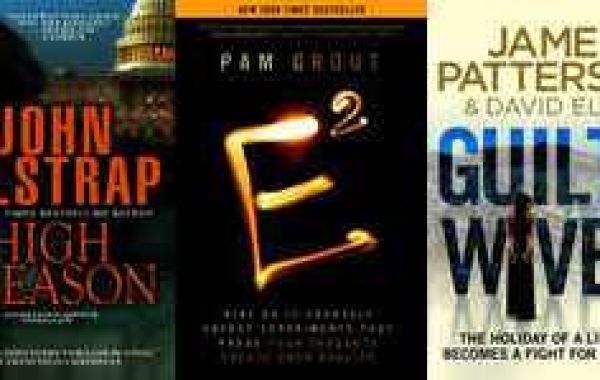CPR Training Manikins offer a multitude of benefits that ultimately trickle down to improved patient care. Here are some key ways they contribute to a better healthcare experience:
- Safe Practice:Manikins provide a safe environment for healthcare professionals to practice complex procedures repeatedly, honing their skills and developing muscle memory without endangering real patients. This translates into more accurate and efficient procedures, which leads to better results.
- Standardized Training:Manikins provide consistent training for healthcare professionals regardless of experience or location, ensuring a strong foundation of skills and knowledge. This standardization results in a higher overall standard of care, which benefits patients by improving consistency and reliability of treatment.
- Diverse Scenarios:Advanced manikins can simulate a variety of medical conditions and emergencies, allowing trainees to confidently encounter and manage a wide range of situations. This ensures that they are ready to respond effectively to a broader range of real-world scenarios, potentially saving lives in critical circumstances.
- Adaptability:Healthcare professionals' adaptability and ability to deal with unexpected situations improve as they practice different scenarios. This adaptability can be important in real-world situations where things do not always go as planned, ensuring that patients receive the best possible care.
- Communication Training: Manikins can be used to simulate difficult conversations with patients, improving communication skills and empathy. This improves patient understanding, trust, and adherence to treatment plans, resulting in better patient outcomes.
- Reduced Anxiety: Practicing on manikins before encountering real patients can lessen anxiety and build confidence in applying new skills. This can lead to calmer, more focused healthcare professionals who are better able to handle challenging situations and make sound decisions under pressure.
- Pressure Resilience: Manikins can be programmed to react realistically, allowing trainees to practice critical thinking and decision-making under pressure. This prepares them for real-world emergencies where quick and accurate thinking is crucial for patient safety and well-being.
- Teamwork Collaboration:Scenarios can be designed to require multiple healthcare professionals to work together effectively, building teamwork and coordination skills. This translates to more efficient and cohesive care teams in real-world settings, benefiting patients through smoother procedures and improved communication between providers.
- Cost-Effectiveness: Compared to using real patients or actors, manikins are a more cost-effective option for training large groups or individuals repeatedly. This allows for more widespread access to high-quality training, ultimately benefiting more patients through better-prepared healthcare professionals.
- Patient Education:Manikins can be used to educate patients about their conditions and treatment options, improving understanding and promoting shared decision-making. This empowers patients to participate in their care, leading to better treatment adherence and potentially improved outcomes.
Manikins are not a replacement for real-world clinical experience. To ensure effective use, they must be combined with other methods such as standardized patients and clinical rotations. CPR Training Manikins play an important role in shaping skilled, confident, and compassionate healthcare professionals by providing a safe, realistic, and diverse learning environment, resulting in better patient care and health outcomes for all. You may want to know more about CPR training manikins, such as how to clean CPR manikins.








